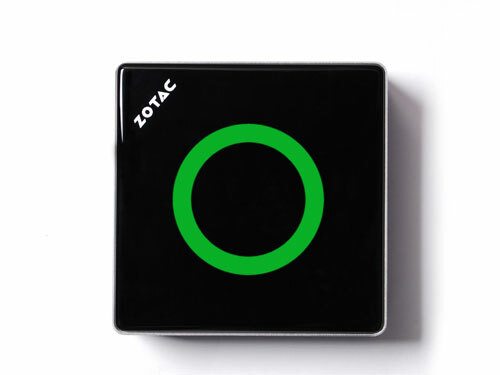Zotac Zbox nano XS AD11 Plus review
Smaller than a Mac Mini, is this dinky powerhouse of a computer a PC for the post-PC era?
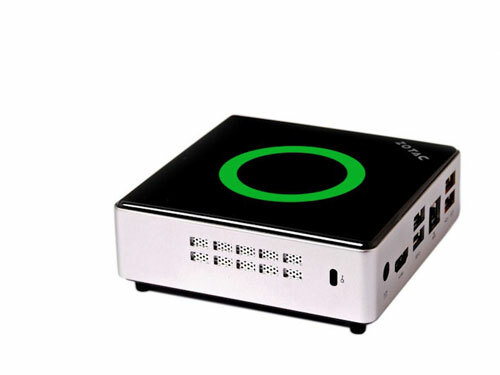
Smaller than a Mac Mini and with a better graphics processor, too, Zotac’s Zbox nano XS AD11 Plus (to give it it’s full name) rivals even the stripped-to-the-silicon Raspberry Pi for size. It’s the PC for the post-PC era, almost as powerful as a full sized tower and jammed full of uncompromising components – and yet it’s also so very affordable.
Five main points – Tiny size
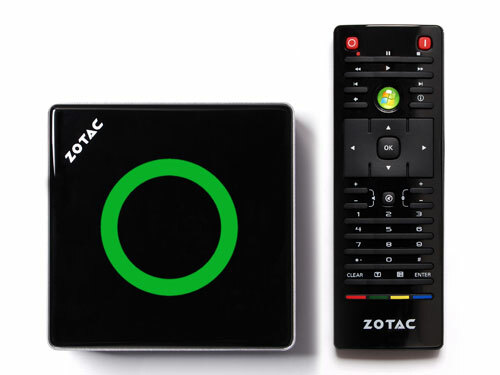
It’s not quite the size of a fag packet, but we’ve certainly seen larger cigarello cases. The Zbox is truly tiny, but comes equipped with a built-in card reader, USB 3.0 ports, an ethernet port and HDMI out. It’s got just about everything you need in other words, except for an operating system. That means you’ll need to supply your own copy of Windows for £70-odd extra or, even better, give Linux a go for free.
Five main points – Small storage
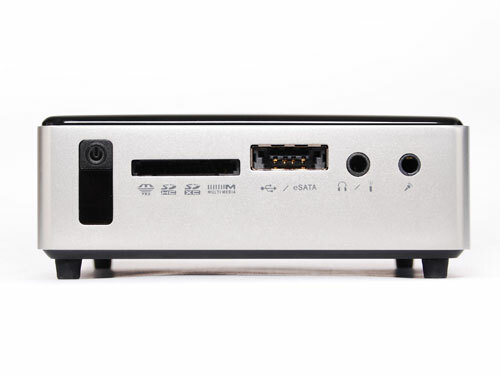
The 64GB SSD soon fills up with a standard Windows installation, and adding a USB hard drive for permanent storage uses a precious port. You could stick a large SD card in the front reader to keep your music and photos on, but ideally you’ll use the Zbox Nano XS with a networked storage device, streaming films and songs from a remote hard drive. At that point it comes into its own as a media centre to keep by the TV or a decently specced PC for working from home. There’s no optical drive, but that only gets annoying when you realise that all the drivers for the Zbox have been supplied on a DVD.
Five main points – Gaming performance
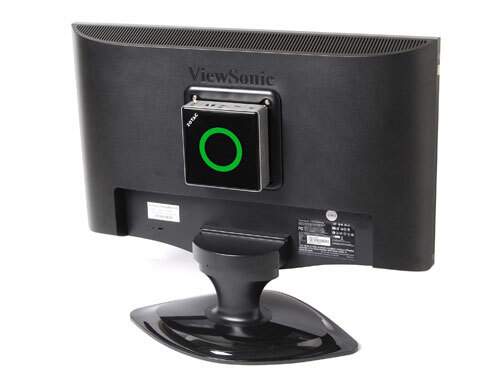
Inside the nano XS there’s an AMD Fusion processor, which has a dual core CPU and a low-end graphics processor on the same chip. It’s a step up from the ones used in netbooks, and while it’s slow to encode video files, for example, it can get games like World of Warcraft and Star Wars: The Old Republic running at acceptable speeds. For games, it’s better than an Intel Core i3, and it makes the Atom processor redundant.
Five main points – Attention to detail
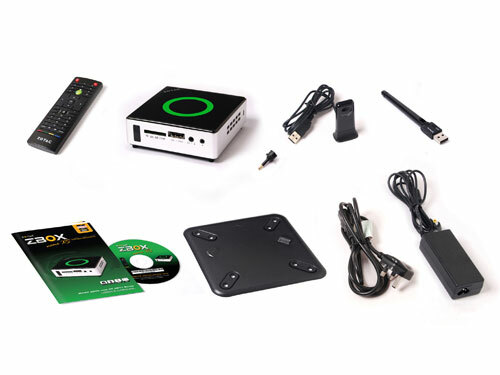
Ignoring the DVD driver disc faux pas above, what’s really impressive about the Zbox nano XS is that Zotac has thought this through really well. There’s a USB WiFi adaptor, a VESA mount for strapping to a TV, and even an infra-red extension so that if it is stashed out of sight, you can still use the handy Windows Media Centre remote control that comes with it.
Five main points – Fan noise
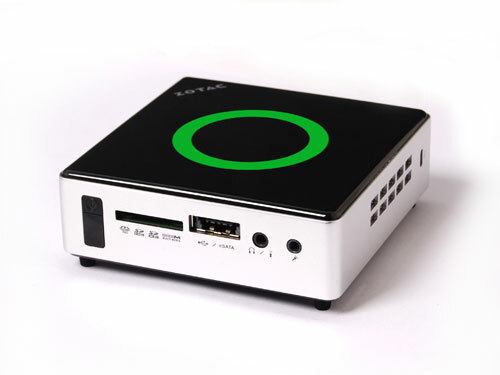
We only have two real criticisms of the Zbox. Firstly, the CPU fan is constantly spinning, which is noticeably noisy up close but barely audible from across a room. Secondly the audio outputs are on the front. There’s an optical SPDIF adaptor, but it looks ridiculous sticking out of the otherwise clean face-plate. Stick to the HDMI audio if you can.
Verdict
It’s not quite a supercomputer in a sweet tin, but the Zbox nano XS AD11 Plus isn’t far off. So long as you aren’t expecting to run games at insanely high resolutions or trying to edit an HD movie, it’s got all the processing power you need without any of the laggy hold ups of an Atom-powered net-top. On top of all that, it only draws 30W from the power supply, too – making it power efficient as well as cheap.
